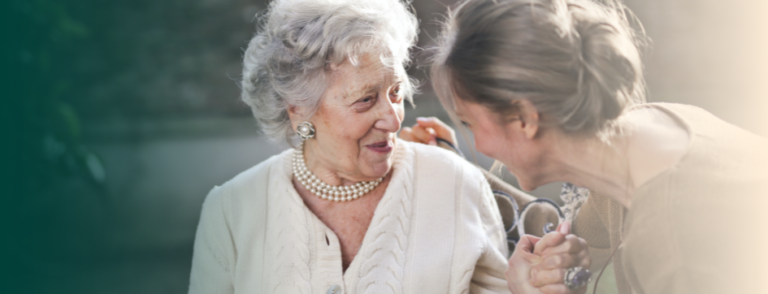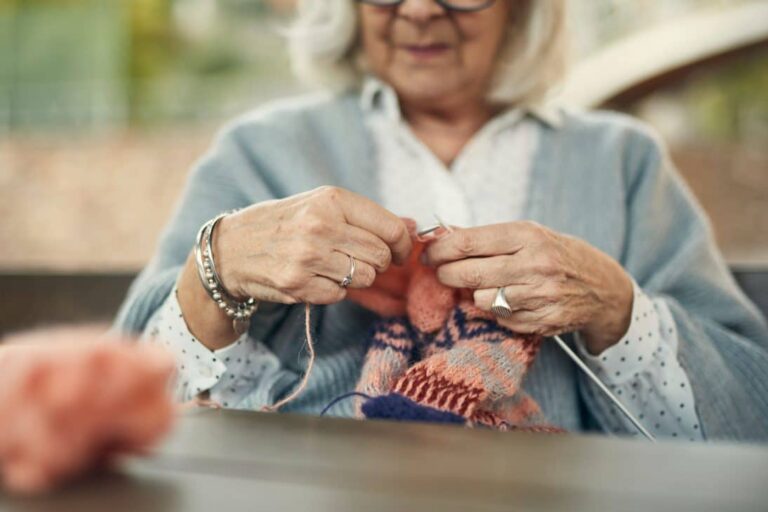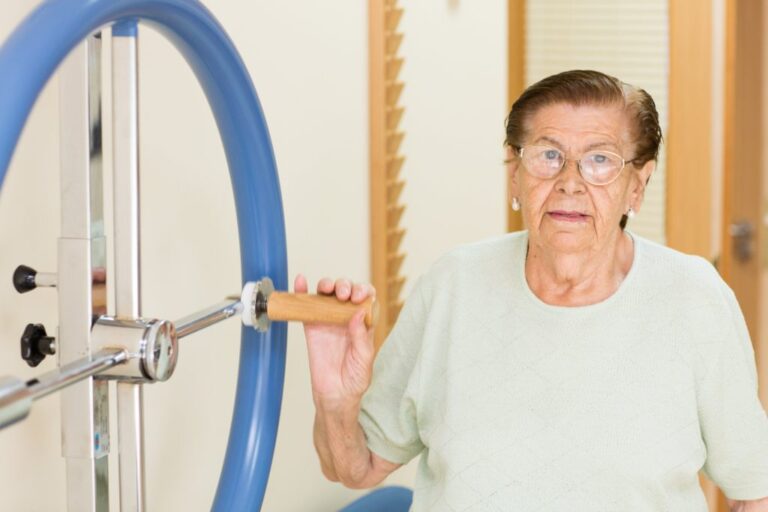Pressure ulcers, also known as bedsores or pressure ulcers, represent a major health problem, especially in people with reduced mobility.
That is why in this article we will inform you about what they are, their causes, how to prevent them and what to do if they appear.
What are pressure ulcers or bedsores?
Pressure ulcers, also called pressure ulcers or bedsores, are lesions that occur in the skin and underlying tissues due to prolonged pressure on them.
They typically develop in areas of the body where the bones are closest to the skin, such as the elbows, heels, lower back, and hips. And, although these ulcers can affect anyone, they are more common in older people due to their reduced mobility and the fragility of their skin.
Symptoms of pressure ulcers
The symptoms of pressure ulcers in older people vary depending on the stage of the ulcer. In the early stages, the skin may appear red and swollen, and may be tender to the touch. Over time, the skin can darken, blister, and eventually rupture, forming an open ulcer.
Common sites of pressure ulcers
Pressure ulcers most commonly occur in areas of the body where bone is close to the skin, such as the ankles, heels, hips, lower back, elbows, and tailbone area.
Causes of pressure ulcers
The main cause of pressure ulcers is constant and prolonged pressure on the same area of the skin, however, there are many others, such as those we will mention below:
- Friction: Friction can weaken the skin and make it more susceptible to ulcers. This can happen when the skin constantly rubs against clothing or bedding.
- Dampness: Skin that is constantly moist due to sweat, incontinence, or wound drainage may be more susceptible to pressure ulcers.
- Poor nutrition: Lack of a proper diet, especially one that lacks enough protein, can weaken the skin and make it more susceptible to ulcers.
- Advanced age: As people age, their skin becomes thinner and weaker, which can increase the risk of pressure ulcers.
- Underlying health conditions: Health conditions that affect blood circulation, such as diabetes and vascular diseases, can increase the risk of pressure ulcers. They may also be more common in people with neurological problems that affect sensation.
- Limited mobility: People who have difficulty moving, especially those who are bedridden or in wheelchairs, are especially susceptible to pressure ulcers because they cannot change positions frequently to relieve pressure on certain areas of the body.
Risk Factors
Risk factors for developing pressure ulcers include advanced age, immobility, malnutrition, lack of sensation in some parts of the body, dampness (for example, due to incontinence), chronic diseases such as diabetes and smoking.
Complications of pressure ulcers
Complications of pressure ulcers can be serious, including infections that can reach the bone or blood, abscesses, cancer in a chronic ulcer, and damage to nearby tissue and bone.
This is why preventing pressure ulcers is so important.
How to prevent pressure ulcers?
Preventing pressure ulcers involves several steps, including frequent position changes, good nutrition, and skin care.
Repositioning tips
- Frequent repositioning: It is very important to move and reposition the patient every two hours if they are in a bed and every hour if they are sitting in a chair. This helps prevent new ulcers from forming and relieves pressure on already affected areas.
- Using pressure relief devices: Air cushions, water mattresses, or specialized foam cushions can help distribute pressure more evenly and prevent the development of new ulcers.
- Constant skin monitoring: Perform daily checks of the patient’s skin to identify early signs of pressure ulcers. Look for areas of redness, swelling, warmth, or pain. If you notice any changes, notify medical personnel immediately.
- Proper skin care: Keep the patient’s skin clean and dry. Avoid baths with very hot water and use mild cleaning products. Apply moisturizing creams to prevent dry skin and skin protectors for the most vulnerable areas.
- Proper nutrition: A proper dietary regimen is essential for ulcer healing. Make sure the patient receives enough protein, vitamins and minerals. Consult a dietitian or doctor for personalized recommendations.
- Postural hygiene: Helps the patient adopt a correct posture when sitting or lying down. Avoid positions that generate pressure on the affected areas.
- Caregiver training: It is important that the caregiver is adequately trained in the prevention and care of pressure ulcers.
- See your doctor regularly: Make sure the patient receives regular medical care to evaluate the status of the pressure ulcers and adjust treatment as necessary.
Skincare Tips
- Skin cleaning: Always keep the skin around the ulcer clean and dry. To clean it, you can use a mild soap and water solution, or a gentle cleanser specifically designed for wound care if your doctor recommends it. Try to avoid products that contain alcohol, as they can dry out and damage the skin.
- Hydration: Apply a moisturizer to dry areas of the skin, but not directly to the ulcer. Creams or ointments with vitamin A and vitamin E may be beneficial.
- Skin protection: To protect healthy skin around the ulcer, you can apply a topical barrier, such as a cream, film, or foam. This can help protect the skin from moisture and irritants.
- Changing dressings: Ulcer dressings should be changed regularly to keep the wound clean and promote healing. How often you should change dressings depends on the type of dressing and the condition of the ulcer, so you should follow your doctor or nurse’s instructions.
- Skin inspection: It is important to check the skin around the ulcer daily for signs of infection or deterioration. If you notice increased redness, swelling, warmth, or pain, you should contact your doctor immediately.
- Nutrition: Adequate nutrition is essential to maintain healthy skin and help ulcers heal. Try to get enough protein, vitamin C and zinc, which are important for wound healing.
- Avoid additional pressure: Make sure not to apply additional pressure to the affected area. This can delay healing of the ulcer and damage the surrounding skin.
- Consult health care professionals: Don’t hesitate to ask your doctor or nurse if you have questions or concerns about caring for the skin around pressure ulcers. They are your best resource for personalized advice and guidance based on your individual needs.
Remember, each patient and each pressure ulcer is unique. You should always follow the recommendations of the health professionals who care for you.






